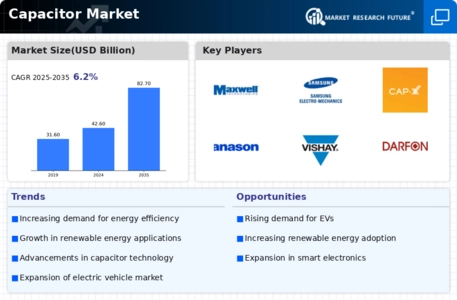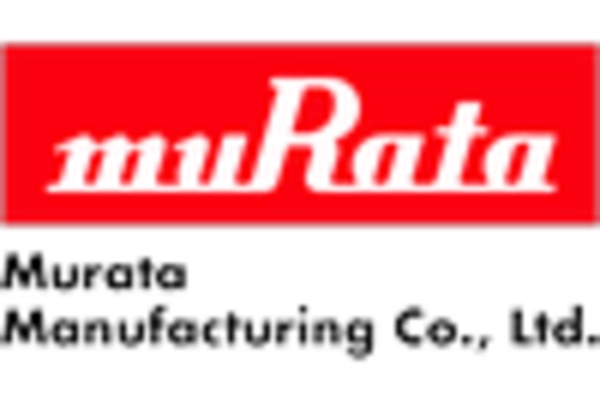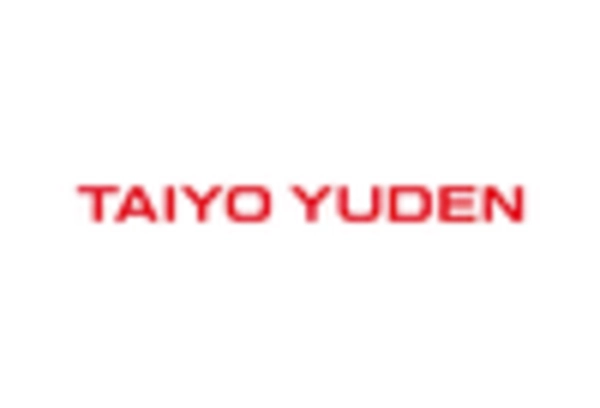Market Analysis
In-depth Analysis of Capacitor Market Industry Landscape
The capacitor market exhibits a complex interplay of various market dynamics that collectively shape its trajectory. One fundamental dynamic is the ever-growing demand for electronic devices across industries. As technology advances, the need for capacitors, essential components for storing and managing electrical energy, continues to surge. This demand is fueled not only by traditional consumer electronics but also by the rising prevalence of electric vehicles, renewable energy systems, and smart grid infrastructure, contributing to the overall growth of the capacitor market.
Technological advancements play a pivotal role in shaping market dynamics. Ongoing research and development efforts focus on enhancing the performance, efficiency, and reliability of capacitors. Innovations such as the development of advanced dielectric materials, improvements in manufacturing processes, and the emergence of new capacitor technologies like supercapacitors contribute to the dynamic landscape of the market. These technological breakthroughs not only cater to existing demands but also create opportunities for applications in emerging fields, influencing the overall market dynamics.
The semiconductor industry, a key consumer of capacitors, significantly impacts market dynamics. Capacitors find extensive use in various semiconductor applications, including signal conditioning, voltage regulation, and power supply filtering. As the semiconductor sector evolves, the capacitor market experiences corresponding shifts, with changes in semiconductor manufacturing processes influencing capacitor requirements. The increasing complexity and miniaturization of electronic devices further contribute to the evolving dynamics of the capacitor market.
Market dynamics are also influenced by geopolitical factors and trade policies. Fluctuations in international relations, tariffs, and trade agreements can impact the cost and availability of raw materials necessary for capacitor production. The global supply chain disruptions witnessed in recent times highlight the vulnerability of the capacitor market to external factors, emphasizing the importance of geopolitical considerations in shaping market dynamics.
Environmental sustainability is an emerging factor in the capacitor market dynamics. With a growing emphasis on eco-friendly practices and reduced environmental impact, manufacturers are under pressure to develop capacitors that adhere to stringent environmental standards. Regulations and guidelines promoting sustainability influence the choice of materials, manufacturing processes, and disposal methods, introducing a new layer of complexity to the market dynamics.
Market dynamics also respond to the changing preferences of consumers and industries. The demand for capacitors with higher energy density, faster charging capabilities, and improved reliability reflects the evolving needs of end-users. As industries prioritize energy efficiency and performance, market dynamics adapt to accommodate these shifting preferences, prompting manufacturers to align their product offerings with the changing requirements of the market.
Competitive forces and market consolidation contribute to the overall dynamics of the capacitor market. Intense competition among key players leads to strategic maneuvers such as mergers, acquisitions, and collaborations. These activities reshape the competitive landscape, influencing market dynamics by consolidating market share and influencing pricing strategies. The dynamics of the capacitor market are further shaped by the entry of new players, technological disruptors, and the overall competitive intensity within the industry.
















Leave a Comment